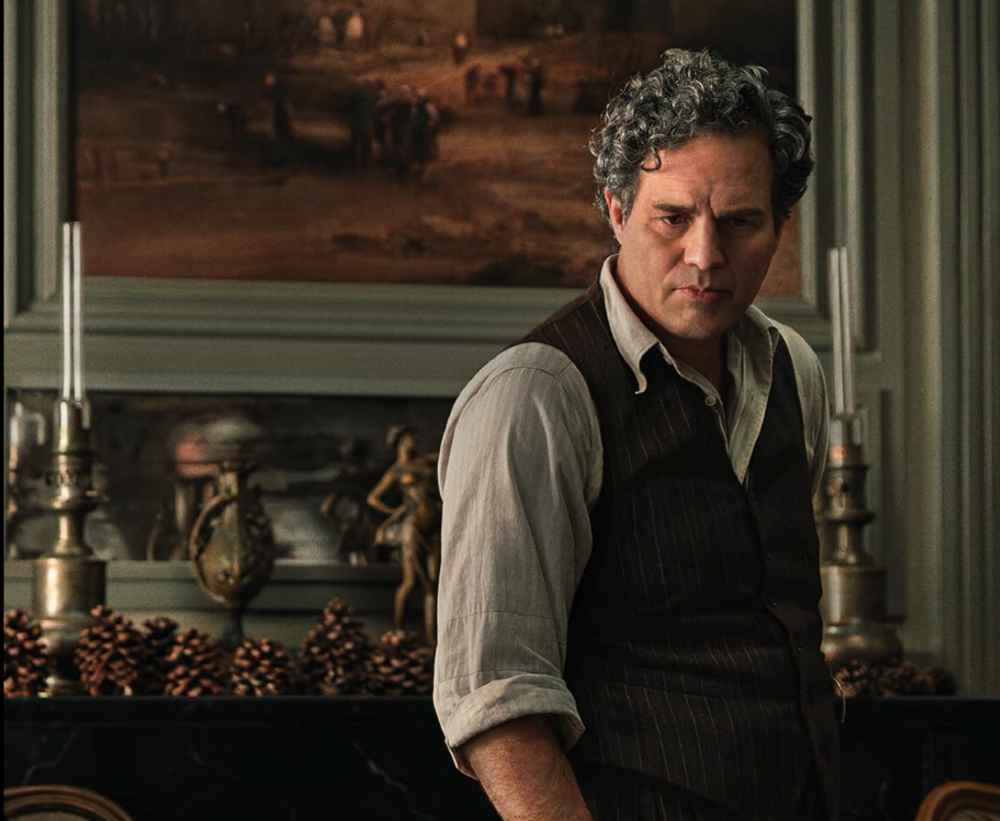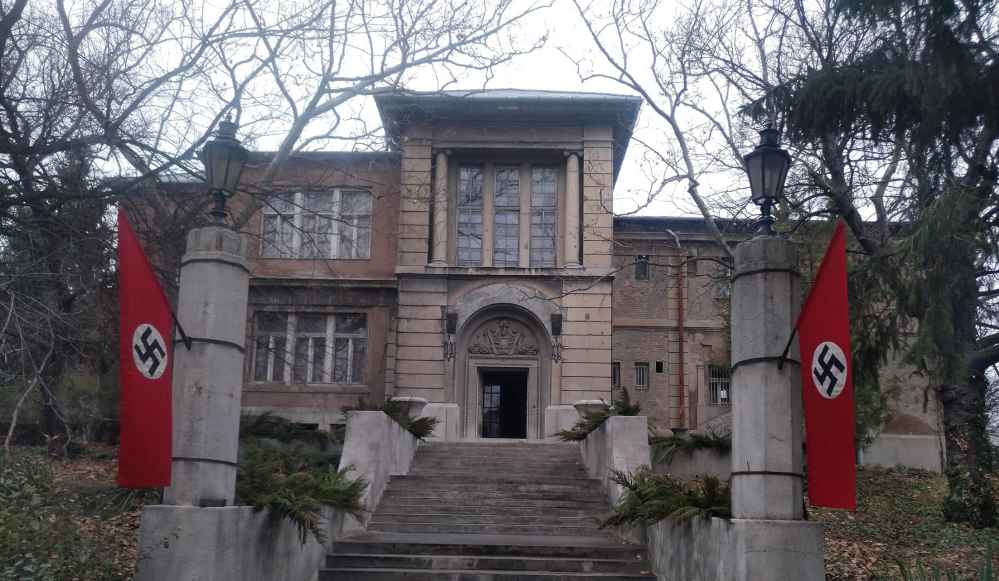By Marian Hermez, Third Year, International Business Management
All The Light We Cannot See (2023) is an historical fiction Netflix miniseries directed by Shawn Levy, based on the book by Anthony Doerr published in 2014. Set during World War II, the story revolves around Marie-Laure Leblanc (Aria Mia Loberti) and Werner Pfennig (Louis Hofmann), two young individuals who are on opposing sides of the war. Marie-Laure is a blind French girl who leaves Paris to seek shelter in Saint-Malo with her father during the war; Werner is a German boy with a talent for working on radios, who is forced to join the German army, also ending up in Saint-Malo with his unit.
Although the miniseries consists of four episodes only, each episode is about an hour long and switches between scenes from the present - 1945 - and flashbacks of Marie-Laure’s and Werner’s childhoods. This structure allows the viewer to become familiar with the characters and become attached to them while also keeping the pace fast and thriller-like. For example, Marie-Laure’s father (Mark Ruffalo) builds her a wooden model of the city of Saint-Malo, so she can learn how to navigate the city. This scene transitions from the flashback of the fully built model to the actual city that Marie-Laure is walking around in 1945.

Moreover, music is used effectively to amplify the drama, where a rise in intensity of a scene is accompanied with a crescendo in the music. This all occurs while the intense scenes switch from Marie-Laure’s perspective to Werner’s, keeping the viewer engaged in the story as well as moving the episode at a fast pace. This is one of my favorite features of the series, especially in the last episode when the plot thickens, and everything reaches a tipping point.
As someone who has read the book, I found that the series stayed true to the book while changing some elements to fit the miniseries format. I love how Loberti and Hofmann portray the characters of Marie-Laure and Werner, whose personalities are the same as their counterparts in the book. The dual timeline structure of the episodes which proved to be so effective is also based on the structure of the book. In addition to the dual timeline, the story is told in a non-linear narrative, which only increases the suspense and anticipation as we, the viewers, can’t get a sense of what scene is going to be shown next.

Most importantly, the symbolism of light and the significance of radios is highlighted just as equally in the show, with several key characters repeating the phrase ‘the most important light is all the light we cannot see’, the importance and significance of which is revealed gradually throughout. Furthermore, it was impressive how the series still managed to surprise the book readers.
It would be a lie if I said I disliked anything about the series, because I simply love everything from the execution of the plot, to the acting and the music. My only complaint would be wishing the series was longer than four episodes, as I found myself wanting more of Marie-Laure’s and Werner’s story at the end. I’m certain that the viewing experience will differ based on whether you have read the book. However, in both cases, you will leave with a bittersweet feeling because it is an outstanding series and the ending came too soon. If you are a fan of historical fiction, a complex story, symbolism and motifs, this series is perfect for you.
Featured Image: IMDb
Do you think the miniseries does the book justice?









